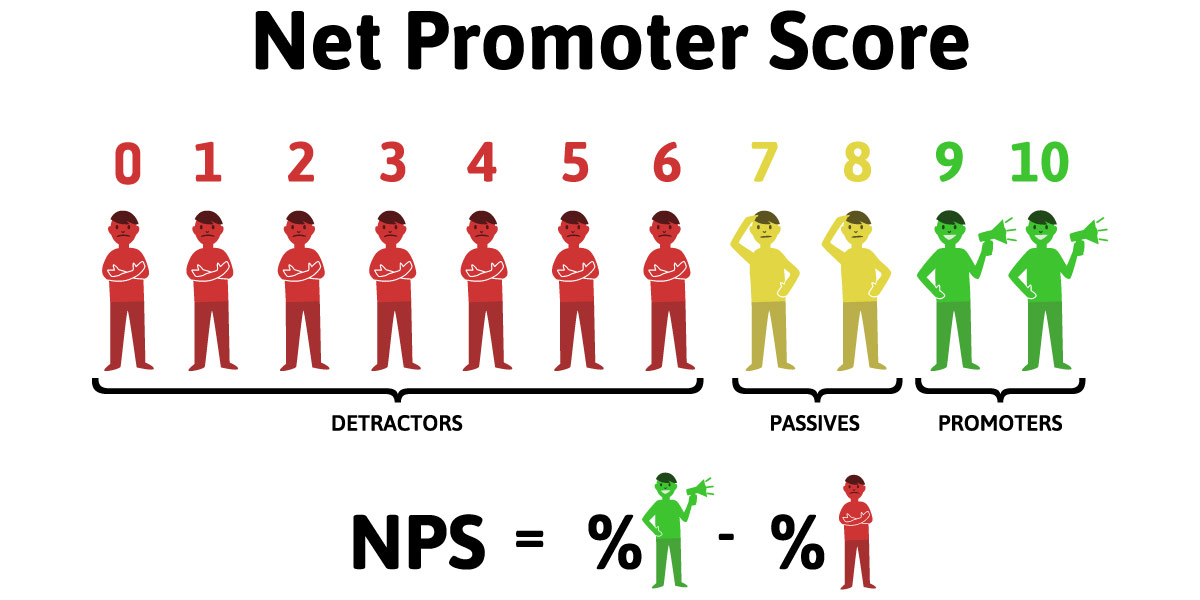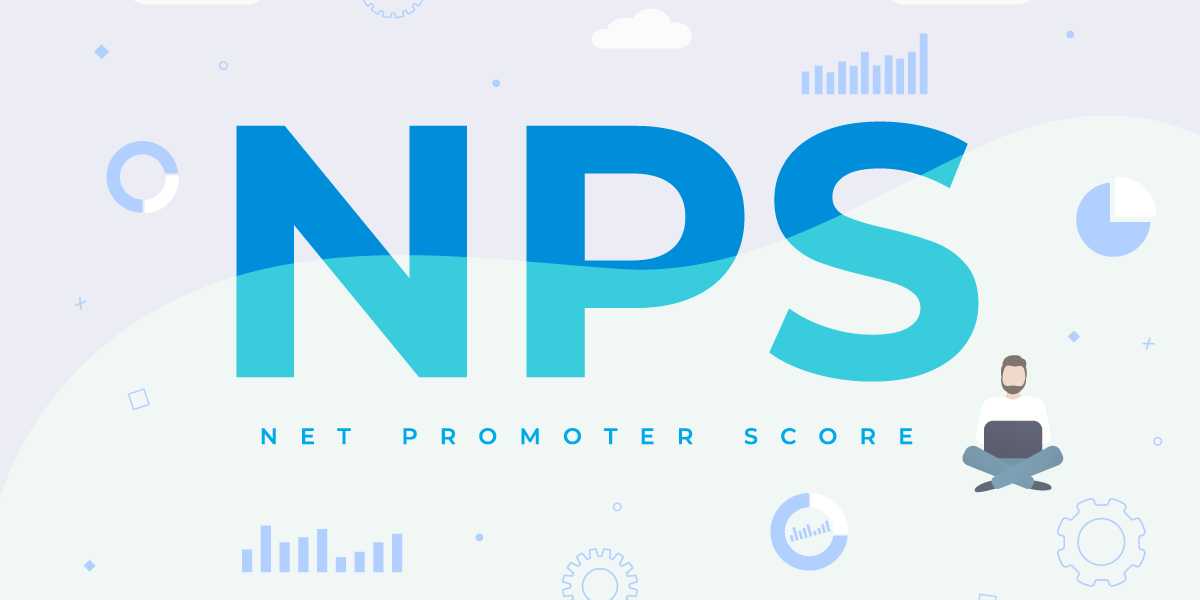The first of January is a perfect time for new beginnings. The motivational aspect of starting with the blank slate of a new year draws people in and inspires them to accomplish personal goals and pursue a path of self-improvement. As marketers, we are no exception. We all have things that we could do better or be more diligent about.
>> Download Your Buyer Persona Template Today <<
Let’s resolve to do these three things in 2020.
Keep Track of Your Loyal Customers
It’s easy to lose track of your best customers. The squeaky wheels tend to get the grease and older, loyal clients who pay on time and don’t complain are sometimes forgotten. But loyal customers can contribute to your success more efficiently than sales or marketing.
For instance, it typically costs a business somewhere between five and twenty-five times as much to acquire a new customer than it does to sell to an existing one. In fact, increasing customer retention by only 5% can increase profits by 25-95%. What’s more, data shows that, on average, existing customers spend 65%+ more than new customers. With numbers like that, it’s easy to see why we should pay attention to loyal customers and find ways to increase the lifetime value of every single client.
This year, consider evaluating the loyalty of your client base. A great way to do this is using NPS. NPS stands for Net Promoter Score. It’s a customer satisfaction benchmark that measures how likely your customers are to recommend your business to a friend. As marketers, we love to focus on attracting and converting customers — but we should also be taking steps to increase customer retention rates and NPS is a great way to benchmark those efforts.

Use NPS to Benchmark Your Customer Satisfaction Levels
Ignore Vanity Metrics
One of the reasons we love digital marketing strategies is all of the data it produces. And this data looks amazing when presented on eye-catching graphs and charts. Big, colorful analytics are hypnotizing, and we can waste away countless hours staring at them. It never gets old. But what are all those numbers really telling us? Are those metrics actionable or are they just “vanity metrics?”
 Vanity metrics include data such as social media followers, page views, subscribers, and other flashy analytics that are satisfying when displayed on a screen, but don’t do much for our business goals. They offer positive reporting but provide no framework for good decision-making — which actionable metrics can do.
Vanity metrics include data such as social media followers, page views, subscribers, and other flashy analytics that are satisfying when displayed on a screen, but don’t do much for our business goals. They offer positive reporting but provide no framework for good decision-making — which actionable metrics can do.
So, in 2020 let’s ignore these vanity metrics:
• Social Followers
I hate to burst your bubble, but the number of followers you have really doesn’t matter. People typically follow random accounts for reasons unrelated to their actual interest in them. Many users, for example, follow you because they want you to follow them in return — and if you don’t, you often lose that follow days later. Instead, monitor an engagement-oriented metric like social sessions. These are website sessions that were created from a click-through from a social site.
• Email Open Rate
Open rate can be a helpful metric to track to check the effectiveness of your email’s subject line or the timing of your email send. But these days, it tells an incomplete story. For instance, some email clients display emails in a preview pane: this may count as an open, even if it gets immediately deleted. Other email programs require images to load to count as an open, and users might have images turned off by default. Monitor click-through rate (CTR) as an actionable metric. An email with a high CTR has true conversion power and the potential to generate leads for your sales team.
• Impressions
Impressions are defined by the total number of times your content was displayed somewhere. Many people see large impression numbers and get excited — but what does an impression really do for you? The only value an impression has is as an entry point for some type of engagement or interaction. Avoid chasing impressions. As an alternative, watch interactions like shares or comments. These give you a much clearer view on the ability your content has for capturing people’s attention and delivering value.
Make a Commitment to Your Organization’s Blog
Your blog is a marketing channel with tremendous potential to generate leads and drive growth. Blogs accomplish this does by driving traffic to your website and giving that traffic multiple ways to convert into contacts and leads.

Blogging is a great way to drive traffic and generate leads.
A good blog also establishes your organization as a thought leader and brings value to the tables of prospects, customers, and partners alike. That’s because blogs answer common questions that your website visitors have, and anytime you can solve problems for your target customer you begin to earn their trust and position yourself as a knowledgeable, experienced authority.
But blogs don’t write themselves. They take time and thought — and that’s why many blogs start out with the best of intentions but soon turn into ghost towns. This year, commit to blogging consistently — if you’re not blogging today, start at one blog post a month. Think about your customer: what questions could you answer for them? Then organize what you want to say into a simple outline. Take that outline and write a blog post. The more often you write, the better you’ll get and the faster you’ll go, so invest in your blogging future and start writing today!





